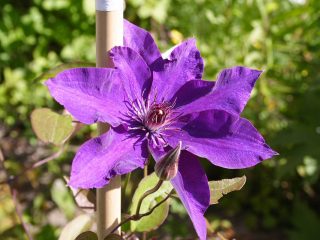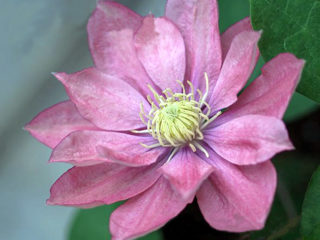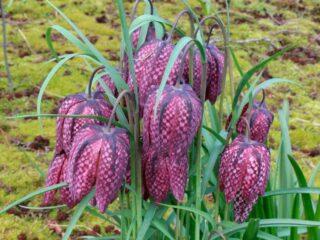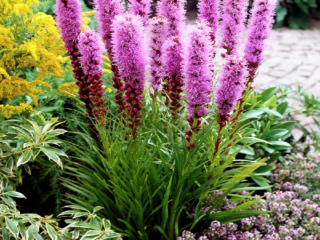Content
Roses turned black in winter - this phrase can often be heard from gardeners and summer residents who grow this ornamental crop in their garden plots. From time to time it happens that in the spring, after removing the cover from the bushes, the rose grower discovers that the shoots of the crop have become black or covered with mold, which indicates illness or freezing of the rose. Sometimes, if you take the necessary measures, bushes can be revived.
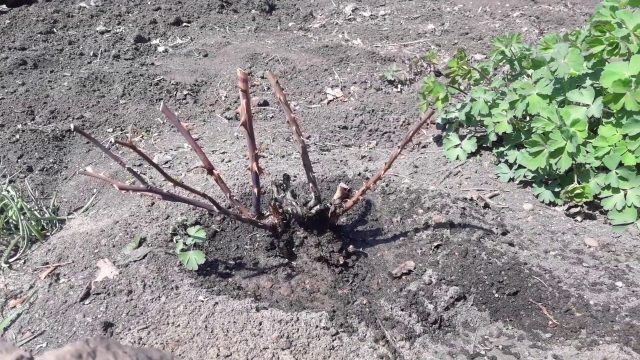
If you notice in time that the rose has turned black, in most cases it can be saved
Why did roses turn black after winter?
If roses turn black, most often the reason for this is improper care and inattention to them at the time of release from shelter after winter. Sometimes the shoots may darken when the bushes have not been properly prepared for the cold in the fall. For roses, timely insulation and removal of it is very important.
Marsonina
One common reason why roses may turn black is marsonina (black spot).This is a disease that occurs on both garden and indoor plants and cannot be treated for a long time. It appears on leaves and shoots in the form of white spots that turn black over time. The leaf blades turn brown and fall off, the bushes wither, stop blooming, and lose their ability to safely survive the winter.
To strengthen a crop’s immunity to disease, it is necessary to properly care for it, follow the watering schedule, avoid waterlogging of the soil, and provide sufficient lighting. Most often, spotting occurs in alkaline soil, in damp and warm weather, with a sharp change in drought and humidity. The fungus lives in fallen leaves and is brought in by wind and rain.
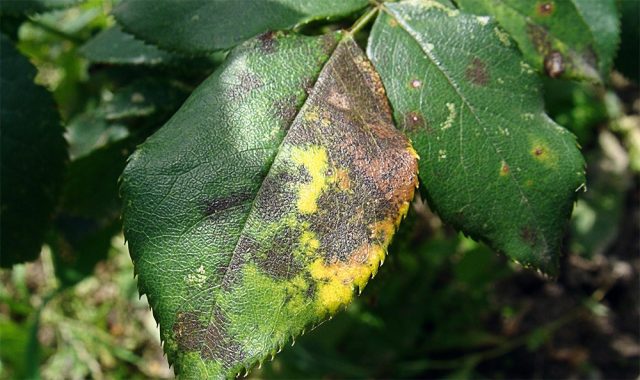
It is quite difficult to protect roses from marsonina.
Powdery mildew
Powdery mildew is also a fungal disease that can cause the rose trunk to turn black after winter. Its pathogens live in the soil for decades and become active under favorable conditions: heat, high humidity, sudden temperature changes, excess nitrogen, mineral deficiency. Roses often suffer from this disease when the shoots thicken. The disease first appears on young petioles and branches, then spreads to leaves and buds. The green mass becomes covered with a white coating, ulcers form on the stems, the leaf blades turn yellow, the buds become small and do not bloom.
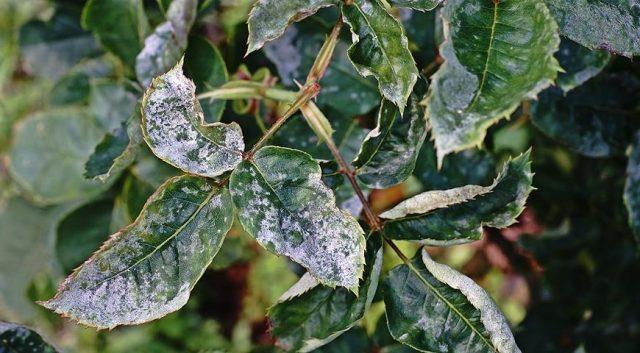
If powdery mildew is not treated in time, the rose will become bare, completely covered with plaque, turn black and die.
Infectious burn
In the spring, after removing the cover from roses, they may develop an infectious burn or, in common parlance, stem cancer. It usually occurs due to dampness formed under the material, or a warm winter with frequent thaws.It appears as dark spots with a brown border on the stems, which gradually turn into wounds.
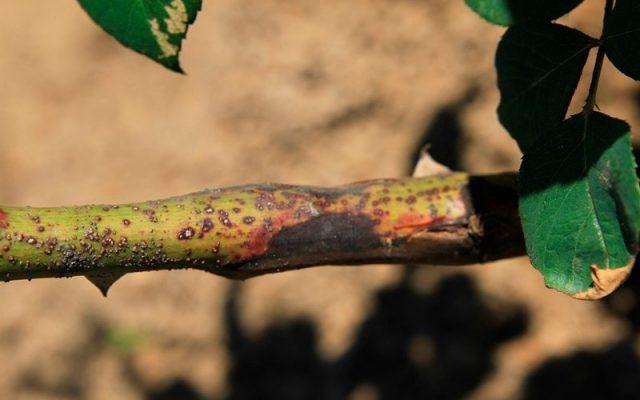
Fungal spores cause an infectious burn
Other
If a rose, including a climbing rose, turns black after winter, this may not always be a disease. Sometimes the plant simply froze due to the removal of the covering material too early or poor insulation. Also, the cause of darkening of the plant can be cracks in the bark and evaporation of the bushes, which occurs as a result of stagnation of melt water in roses planted in an unfavorable place - in lowlands, near reservoirs, near buildings and hedges.
Is it possible to save blackened roses after winter?
Even if the rose bush has turned black after winter, there is no need to rush and dig it up. After all, if the above-ground part of the plant seems dead, this does not mean that the root is dead. It is recommended to first try to revive the crop and if no method helps, then remove it from the site.
How to revive a blackened rose after winter
You can try to revive roses after winter if they have turned black in different ways. Many bushes turn out to be viable and recover well from the roots, even if they have completely lost their stems. But this is not always achieved by just pruning and watering the bush. There are several methods that help restore a rose after winter:
- After removing the insulation from the flowers, you should remove all debris from around and throw away the soil from the root collar. Trim each blackened rose branch with sharp pruning shears, at an angle, and disinfect the cuts with garden varnish, brilliant green or Rannet paste.If the entire shoot is black, then it is cut off before grafting, without leaving a stump; the petiole is also removed. It is prohibited to shorten a branch along dead tissue; this will lead to the death of the crop.
- Cover the blackened bush with a plastic bottle with the neck cut off to create a greenhouse effect. First treat the inside of the container with lime. Remove the bottle only when 10-centimeter shoots appear on the rose.
- Spill the soil and spray the bush with Bordeaux mixture or fungicide, mulch and shade it.
- Irrigate the rose after waking up from winter, as well as the appearance of buds, with magnesium sulfate or an alcohol solution (250 ml of alcohol per bucket of water).
During the resuscitation period, the rose should be watered. Organize moderate moisture; the soil should not be damp or dry. If the above steps are performed on time, even seemingly hopeless specimens can be revived. Varietal roses awaken even if they are completely deprived of shoots.
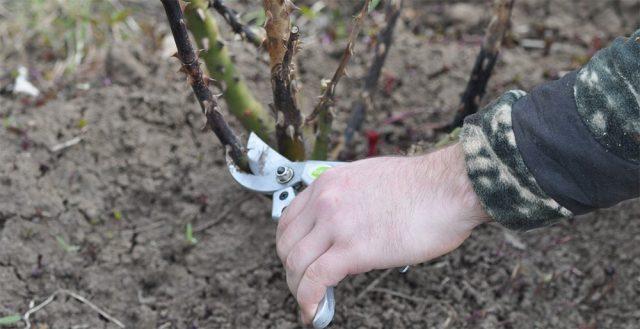
Roses are considered a fairly hardy plant; they tolerate pruning well and recover well after it.
How to feed blackened roses after winter
If after winter the stems of the rose turn black and begin to look lifeless, you can try to restore them with the help of fertilizers. In this case, the bush should produce new shoots from the root collar or grafting site. As a fertilizer to awaken the plant after winter, it is best to use root formers, for example, Kornevin. It is diluted according to the instructions and poured under the root. The antidepressant HB-101 and nitrophoska revitalize the shoots quite well.If the plant was able to be revived, then with the arrival of summer it is fed with nitrogen compounds, and after the formation of buds with complex mineral fertilizers.
Preventive measures
To prevent roses from turning black after wintering, you should provide them with proper care throughout their entire life, covering and uncovering the bushes in a timely manner. Removing material is allowed only after the threat of frost has completely passed. If you do this earlier, the uninsulated petioles will freeze. It is also extremely undesirable to get rid of the shelter later than expected, since in warm weather the young shoots will burn or begin to rot due to high humidity.
After winter, roses perfectly feel the approach of warm days. Its buds begin to swell and wake up even underground, but the roots, located deep in the frozen soil, are unable to function. Therefore, in order to maintain balance, it is recommended to fill the rose beds with snow in March and thereby prolong the winter.
In April, when the snow begins to melt rapidly after winter, it is advisable to remove it yourself and form grooves around the rose bushes to drain the melt water. At the same time, the plants begin to open for several hours a day for ventilation.
If the flowers have not turned black after winter, then after a week they are sprayed with growth stimulants, the soil around is loosened and treated with Fitosporin. A light cover is maintained to prevent burns.The material is removed only when the rose is fully adapted and finally wakes up after winter.
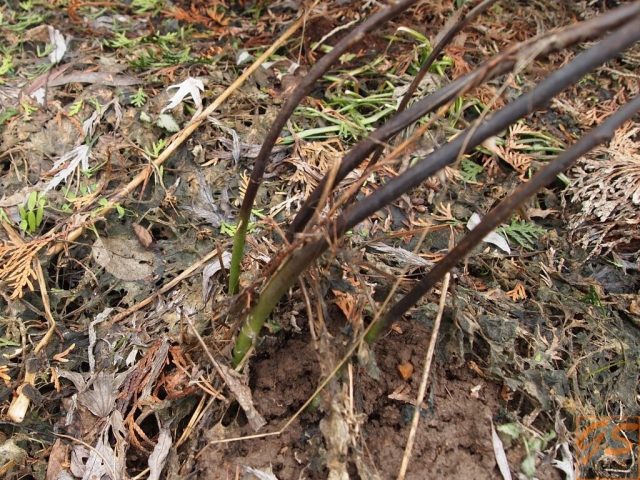
If the rose has not overwintered well and has turned black, you need to try to revive it
Conclusion
Roses turning black in winter is a nuisance that can happen due to many negative factors, but if you take the necessary measures in a timely manner, the situation will improve for the better. With the right approach, the bushes can be saved and fully bloomed. But it is best to carry out the recommended preventive measures throughout the season and avoid sudden temperature changes, then the likelihood that the roses will turn black after winter will be as low as possible.
